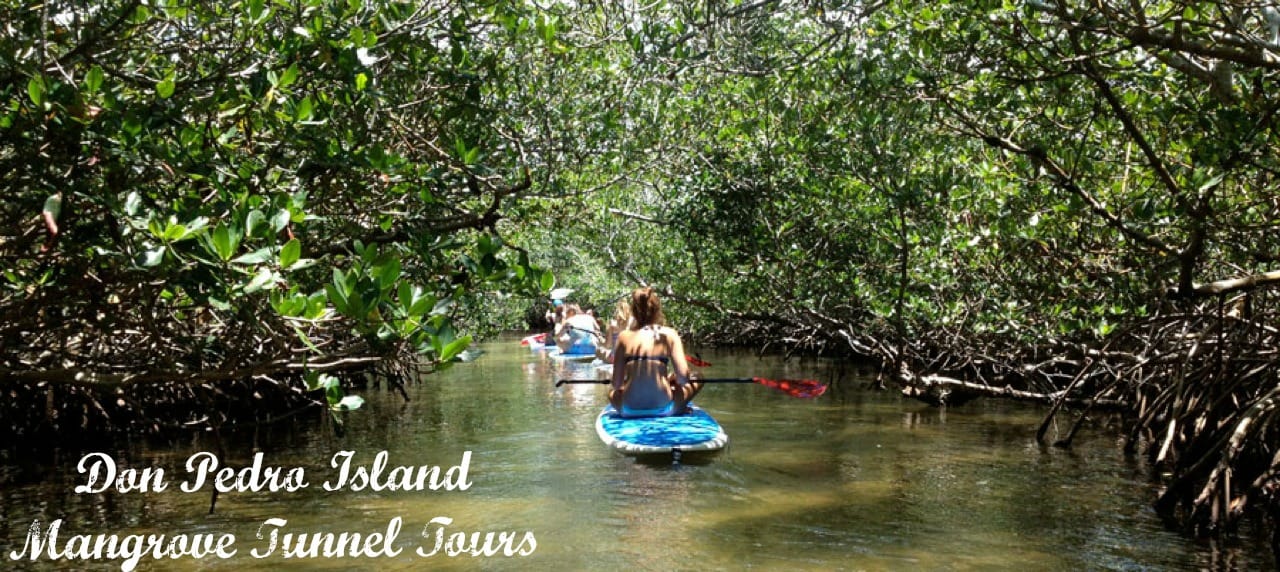November Coffee & Conservation – Featuring JoEllen Wilson, M.S.
Date: November 18, 2024Topic: Juvenile Tarpon Habitat Initiative We’re excited to welcome back JoEllen K. Wilson, M.S. of Bonefish & Tarpon Trust (BTT) for our November Coffee & Conservation session! JoEllen will share the latest updates from the Juvenile Tarpon Habitat Initiative, including research from new study sites on the Cape Haze Peninsula and Coral Creek, as well as ongoing

